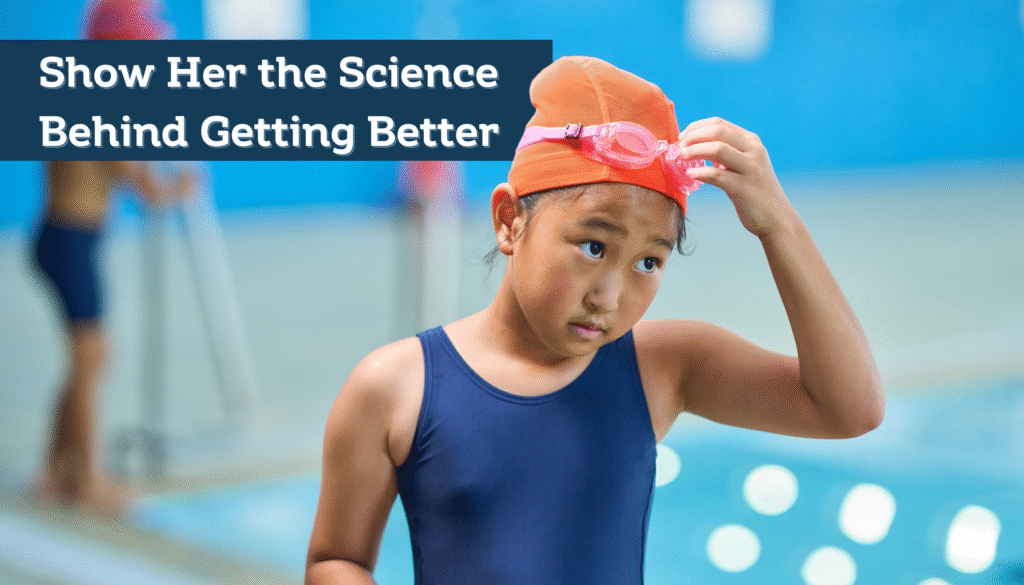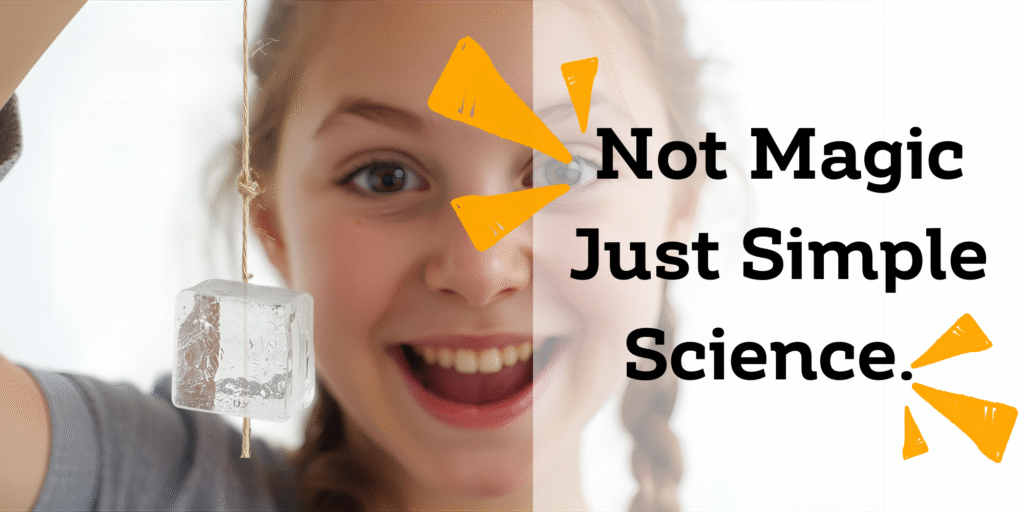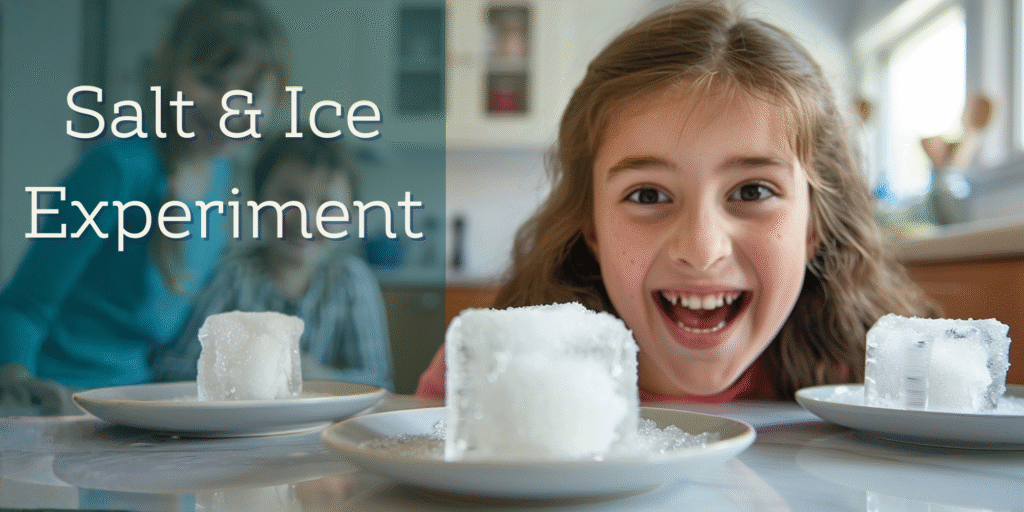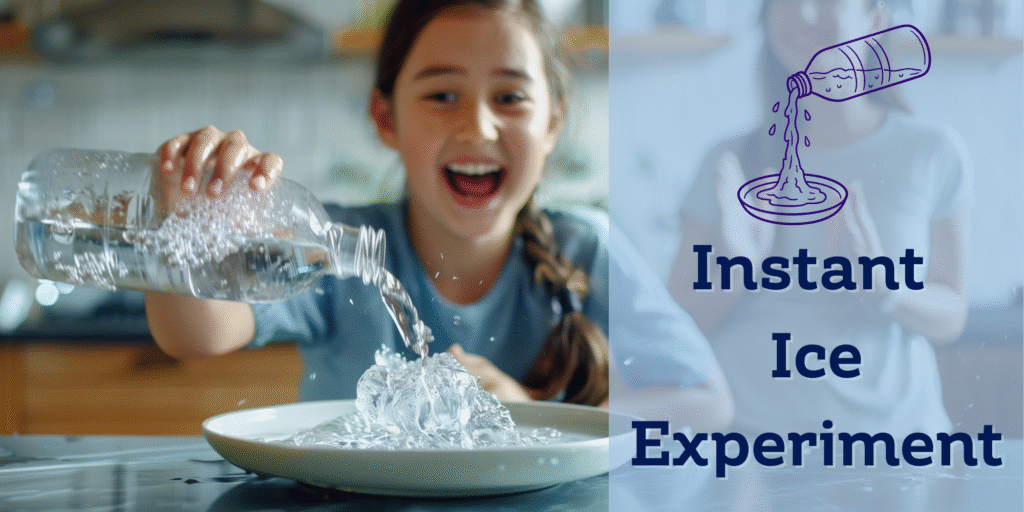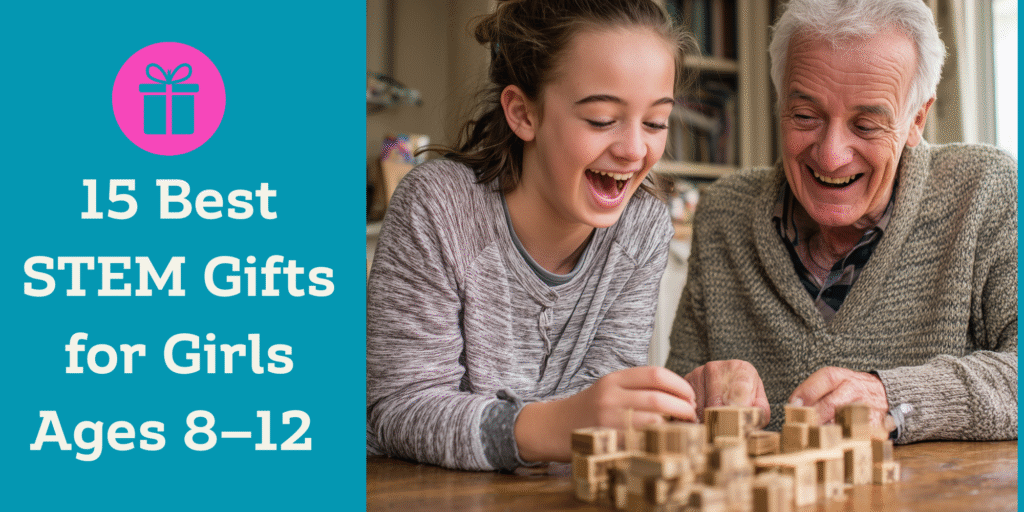The Science of Practice: How Repetition Builds Skills, Confidence, and Brainpower
I’m not a violinist. Or a gymnast. Or a coder. But as a parent, I find myself constantly saying, “You’ll get better with practice.” And sometimes—even as I say it—I wonder if my kids believe me. To be honest, I’ve had moments where I’ve questioned it myself.
So I dug into science. And what I found? It’s not just a nice idea—it’s cold, hard brain biology. Practice isn’t just for musicians or athletes. It’s for everyone. Including our tweens and teens who are still figuring out how to learn, how to fail, how to grow, and most importantly—how to believe they can.
What Is Neuroplasticity—and Why Should Tweens Know About It?
Neuroplasticity is the brain’s ability to change and adapt in response to experience. Every time we practise something—be it a tennis serve, a piano scale, or even calming down when we’re angry—we are literally rewiring the brain.
According to Dr. Tara Swart, neuroscientist and author of The Source, repeated effort strengthens the neural connections involved in that activity. It’s like creating a path in a forest—the more you walk it, the clearer it becomes.
“Every time you repeat a skill or a thought, you reinforce the brain pathways that support it.” — Dr. Tara Swart, The Source
Practice Isn’t Just for Sports and Music
When teens hear “practice,” they often think it only applies to instruments or soccer drills. But here’s the truth from Neuroscientist Lara Boyd (University of British Columbia) in her TEDx talk:
“Everything you do—everything you encounter—is changing your brain. The changes in neuroplasticity occur in different ways, depending on what you’re practicing.”
- Learning a new language actually grows your brain — studies show it increases white matter in areas linked to memory and processing.
- Memory & attention sharpen through repetition and focus training, which strengthen key circuits in the prefrontal cortex.
- Emotional regulation (practicing self-soothing, mindfulness, pausing before reacting) builds stronger prefrontal pathways that help teens manage big feelings.
- Public speaking, storytelling, and empathy activate the brain’s mirror neuron system—boosting connection, confidence, and emotional understanding.
- Social skills improve with experience—every conversation fine-tunes communication circuits and social awareness.
- Math, chess, creative writing—even confidence: Repeated effort in these areas strengthens the specific networks involved. Practicing positive self-talk, for example, rewires a tendency toward negative thinking.
Neuroscience tells us this isn’t just about talent—it’s about consistency. Want to get better at speaking up in class? Making friends? Calming down instead of lashing out?
Guess what—those are skills too. And the more your child practices them, the stronger those neural connections get.
You can get better at almost anything.
Yes, Anyone Can Improve at Almost Anything
I think back to my younger self, looking on as the other girls cartwheeled across the school yard with such confidence. I remember, wishing I could do the same but believing I never could. If I had known then what I know now—who knows—maybe I could’ve been a gymnast representing Ireland.
The concept of a “fixed” ability is outdated. As Stanford psychologist Carol Dweck’s research on growth mindset shows, the belief that you can grow your abilities has a measurable impact on how much you actually do grow them.
“Becoming is better than being.” — Carol Dweck
This is huge for tweens and teens, who are often boxed in by labels (“I’m bad at math” or “I can’t draw”). Showing them how practice literally changes their brain can be life-changing. In a world that often rewards instant results, this science-based truth is grounding: you can get better, even when it’s hard.
Try This: The Reaction Time Experiment
If your tween has ever rolled their eyes when you said, “Practice makes perfect,” now’s your chance to prove it—with science.
Try this hands-on activity at home:
👉 Practice Makes Perfect? This Simple Reaction Time Experiment Proves It’s Science
Using just a ruler, you’ll show your tween how their reaction time improves in real time through repetition. It’s fun. It’s powerful. And it turns the idea of “practice = progress” into something they can actually feel in their own hands.
“We do not learn from experience… we learn from reflecting on experience.” — John Dewey
Why This Matters (Especially During the Tween Years)
The tween and teen years are a crucial window. The brain is in a second major growth spurt—pruning unused connections and strengthening active ones.
So what does that mean?
It means whatever your child is practising—whether it’s anxiety or algebra—will shape their brain’s structure and performance for years to come.
As parents, we can help them understand that:
- Effort matters.
- Struggle is not failure.
- Frustration is part of growth.
- Improvement is inevitable with practice.
Motivational Moment: Practice = Possibility
Let’s be real—life doesn’t always reward instant success. But it does reward grit, effort, and perseverance.
Helping your teen believe in the science of practice means they’ll be more likely to stick with the guitar, the coding class, or the algebra homework—even when it’s tough. That belief becomes part of their identity: I am someone who gets better when I keep going.
And that? That’s power.
Inspiring Your Teen: Real Stories That Prove Practice Pays Off
Sometimes, the best way to motivate your teen isn’t a lecture—it’s a real-life story. Here are two standout examples that show how practice—not just talent—is what builds greatness.
🎾 Serena & Venus Williams: Champions Built on Commitment
Before they were global icons, Serena and Venus Williams were just two sisters practicing tennis on cracked courts in Compton, California. Coached by their father, they woke before dawn to train for hours every day—long before anyone was watching.
Their father wasn’t a professional coach, but he believed in the power of repetition, focus, and consistent effort. And it paid off. Today, they’re living proof that discipline and daily practice beat raw talent alone.
“Luck has nothing to do with it, because I have spent many, many hours—countless hours—on the court working for my one moment in time, not knowing when it would come.” — Serena Williams
🥁 Nandi Bushell: The Power of Intentional Practice
Teen music sensation Nandi Bushell plays multiple instruments—from drums to saxophone to piano—all while balancing school, homework, and real life. Her secret? Not endless hours, but intentional, focused practice scheduled around her day.
She’s performed at the O2 Arena, jammed with Lenny Kravitz, and wowed millions online—but it all comes down to steady effort. As Nandi puts it:
“Work hard, practice practice practice — and have fun.” — Nandi Bushell
✨ The Takeaway
You don’t need to raise a rock star or a tennis champion. The point is to help your tween understand that success isn’t born—it’s built. With consistent effort, anything is possible. Share these stories with your tween or teen—not to pressure them, but to show what’s possible when you commit, keep going, and trust the process.
Final Thoughts: Practice Isn’t About Perfection—It’s About Possibility
There’s something wonderfully freeing in this: knowing that we’re not stuck with the brains we were born with. That our kids can grow their skills, confidence, and resilience—one try at a time.
So next time your teen is frustrated, remind them: every attempt is a step forward. Every repetition builds a little more brainpower. Every challenge they meet with effort becomes part of the wiring that makes them who they are.
And for a bit of fun, get the family around tonight for the reaction time experiment: Try it here. It’s not only a nice bonding experience but also cements the idea in your teen’s brain that practice really does change the brain.
✉️ Don’t forget to sign up for our newsletter for more science-backed parenting tips and fun experiments you can do at home.

